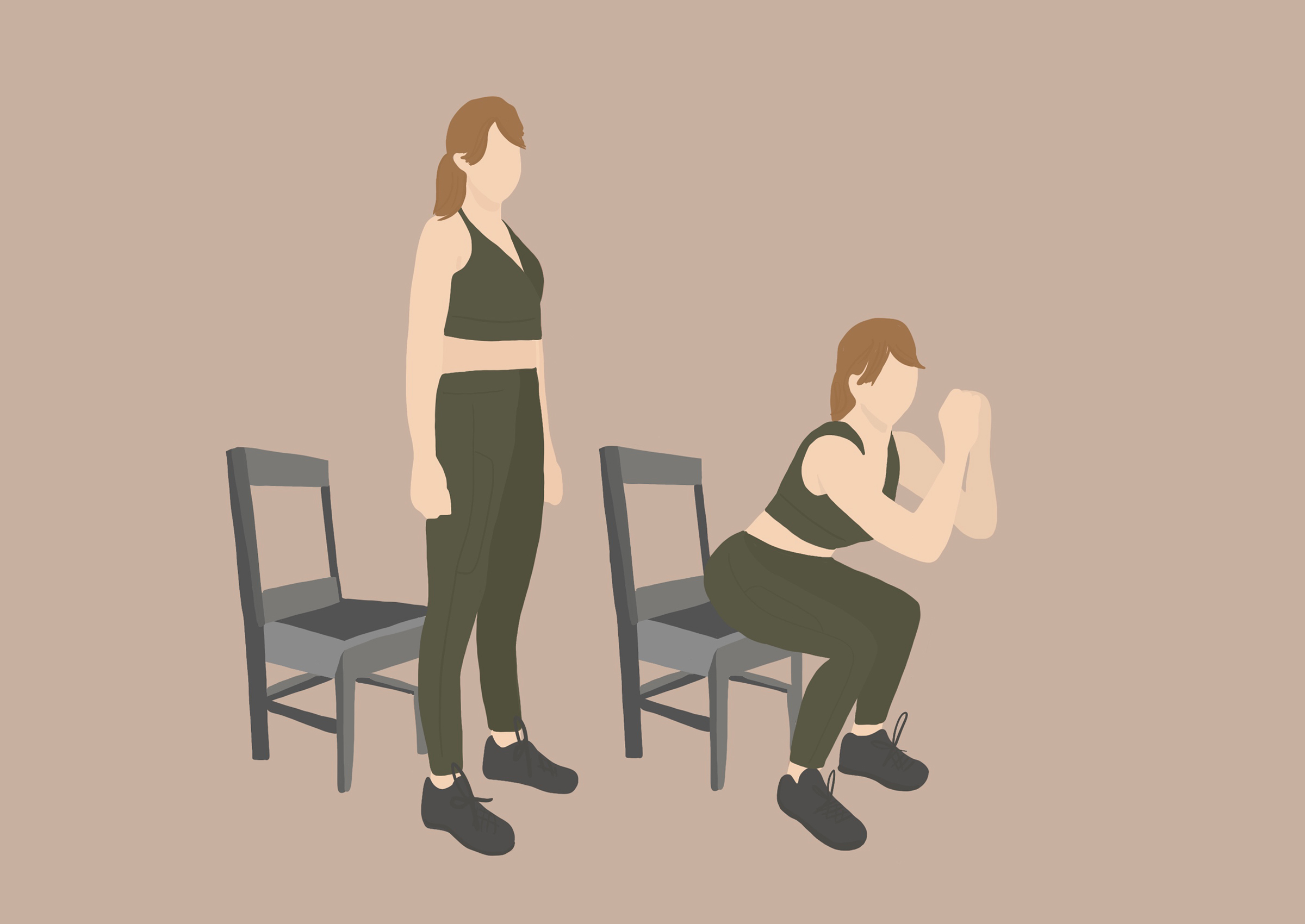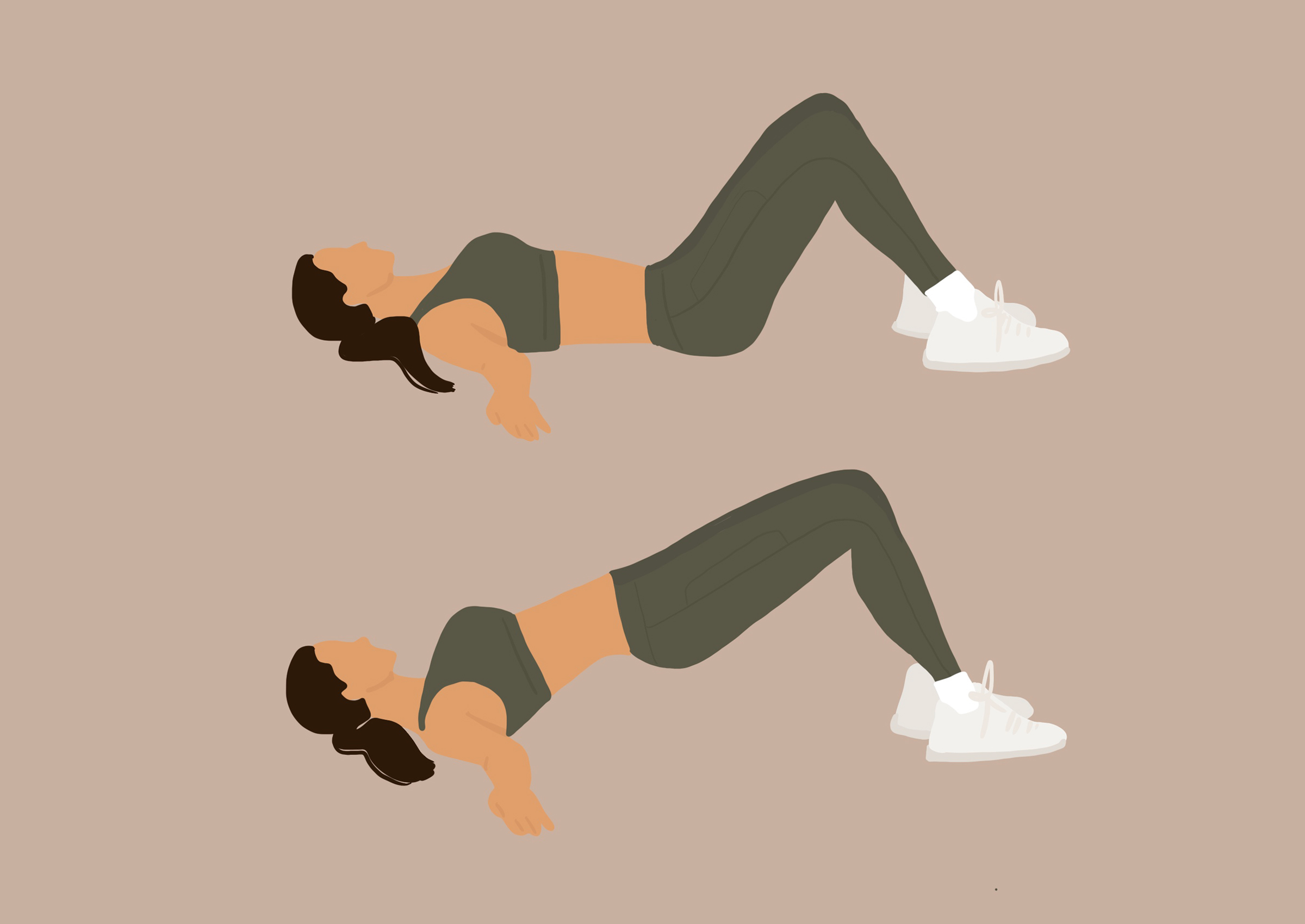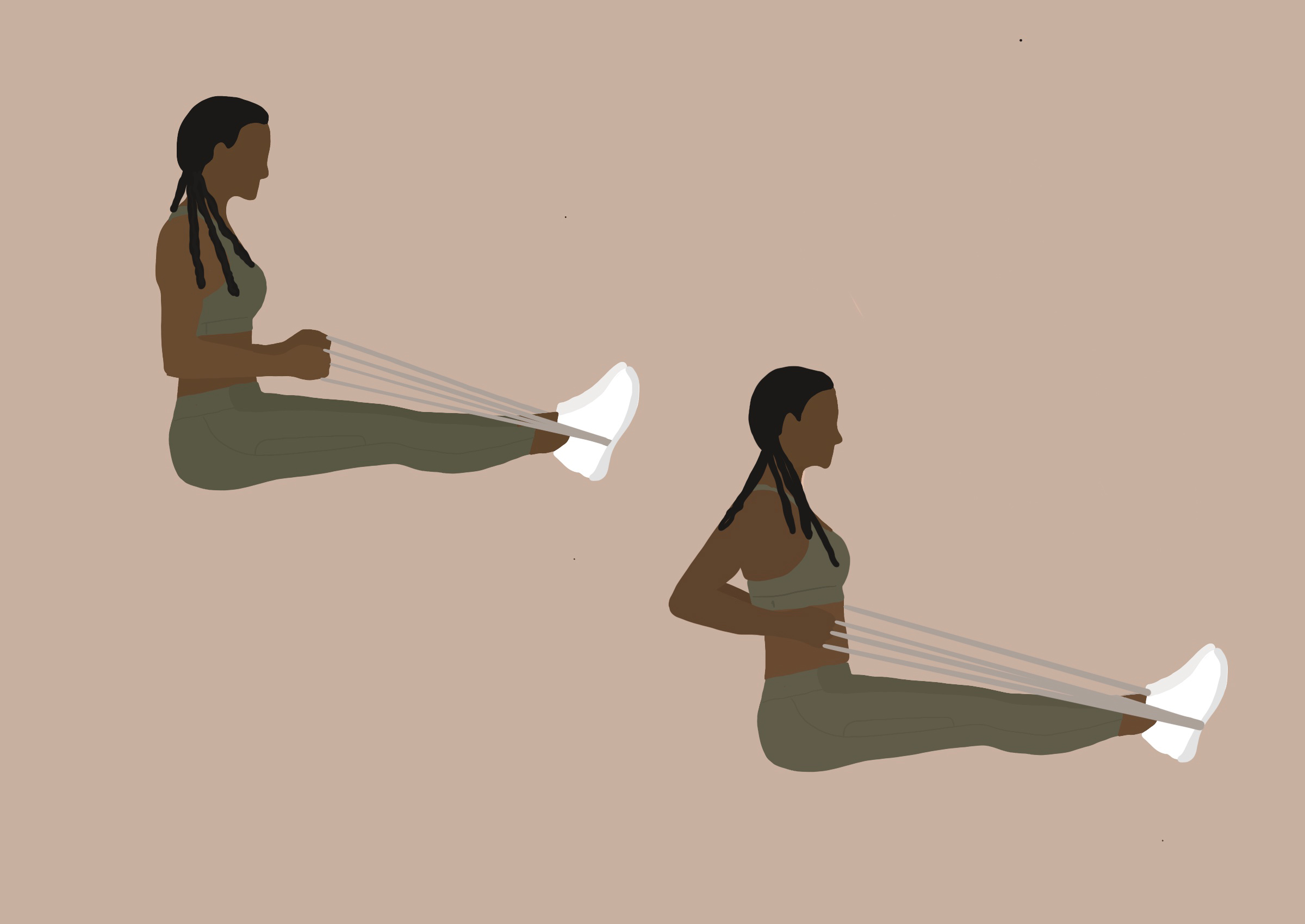When can you start exercising?
This varies from person to person. The first 3 - 8 weeks after childbirth should focus on bonding with your baby and establishing routines. Go for walks if it feels ok and rest when the baby is asleep.
"The first 3 - 8 weeks after childbirth should focus on bonding with your baby and establishing routines. "
Pelvic floor exercises
Around three weeks after giving birth you can start doing pelvic floor exercises. Pelvic floor exercises are just as important whether you had a vaginal or caesarean delivery. A tip is to alternate between tightening the muscles for short and long intervals. Your pelvic floor sessions should be short, but can be done several times a day. Do the exercises in different positions: lying down, standing, on all fours. Think of the whole pelvic floor area as a unit when you tighten the muscles. The urinary, vaginal, and anal openings should interact. So, the advice to tighten your muscles as if you needed to urinate is not really correct unless the aim is to only practise ’closing’ the urethra. The feeling should be of lifting the pelvic floor within your body.
"Pelvic floor exercises are just as important whether you had a vaginal or caesarean delivery."
Many women have pelvic floor muscles that are over-tense. It’s a good idea to actively relax the area, perhaps while you nurse or when you are resting. There are many useful apps with exercises and information about the pelvic floor area.
Exercises for the new mother
Time to start exercising? You’re comfortable in your role as a mother, you’ve established new routines, and if you had a caesarean section, it should have healed. You may have been for a postnatal check-up and been given the go-ahead from your midwife to start exercising. Start gently and listen to your body. Work with breathing and avoid using heavy weights. Start by strengthening the back of your body: bottom, back, and shoulders. Here are three good exercises to start with.
Exercise 1 – Knee bend against chair
Come close to the seat and imagine that you’re going to sit on the chair. Stand with your feet at hip width (or slightly less) apart, push your bottom back a little when you sit down, and then push “through” your heels to stand back up. Feel the whole foot against the floor, but have most of the weight on the heels. Lower yourself slowly and tighten your bottom on the way up.

Exercise 2 – Hip raises
Lie on your back with your knees bent and arms by your side. Feet approximately shoulder-width apart. Push your hips up by pressing your heels into the ground until you have created a straight line between your shoulders and knees. The feeling should be of lifting your tailbone a little between your legs without arching your back. Hold for 2 seconds before going down slowly.

Exercise 3 – Sitting low row with rubber band
Choose a light resistance band to start with. Let your chest strive forward and lower your shoulders. Pull the band backwards with your arms close to your sides until your elbows are a little bit beyond or just by the lower back. Press your shoulder blades and keep the position for one or two seconds before returning. If you are uncomfortable on the floor, you can do this exercise sitting on a chair.

Don’t forget to be kind to yourself, listen to your body, and do the exercises at your own pace. Good luck!
/Anna Kindberg Silveby, Personal trainer and founder of Cre8You

Illustrations by: Guady Ramón
Tips for great Activewear styles with support: